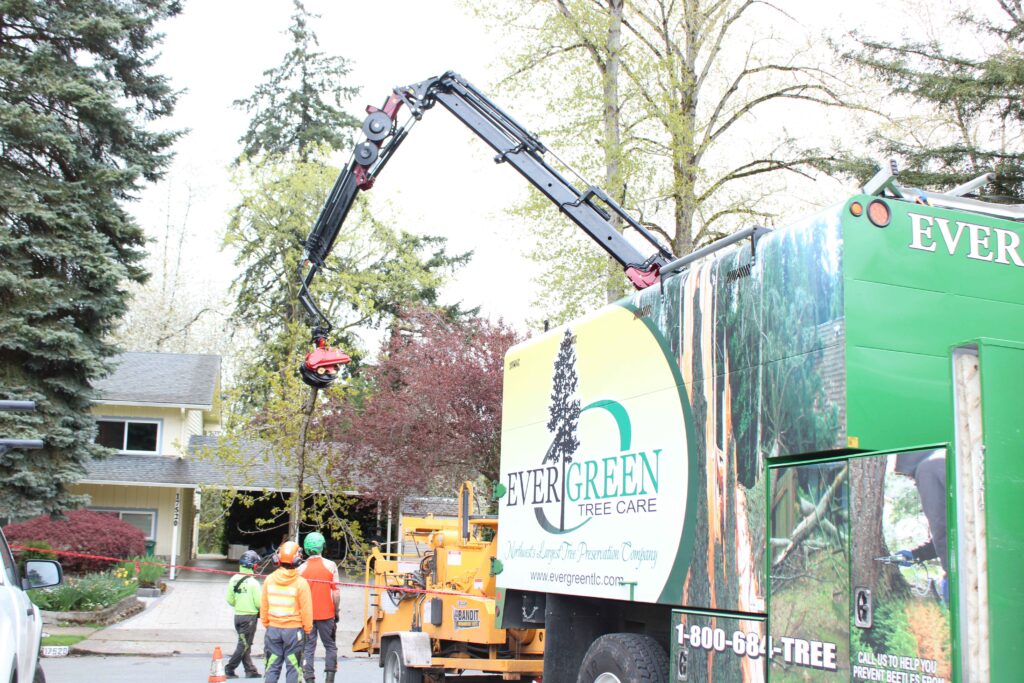FAQs
We accept Checks, and Visa, Mastercard, & Discover cards
You do not need to give payment to the crew. Our office will run your card upon completion if you provided a credit card deposit and authorized us to run it, or will send you a bill via mail and/or email.
We can provide estimates as early as the next day or two, depending on the area you are in.
The consultations can be as short at 15 minutes, and the Arborist will stay as long as they are needed to answer any questions, or tag trees once the contract is signed.
No, the Arborist will provide a no cost or obligation estimate. Once you agree upon the price and sign a contract, we can have our crew scheduling department call you and get the work scheduled.
After you sign the sign the contract, crew scheduling will reach out to you within 3 business days. Or, you can email, call, or text crew scheduling at the number and email address provided upon signing the contract.
Trees that are under stressed are more likely to become diseased or infested with pests. While different environmental factors can cause a tree to become stressed, such as the statewide drought we are experiencing, having your trees trimmed and maintained can help reduce this risk. Additionally, having a professional examine your trees’ health and offer solutions such as soil and nutrition remediation, can assist in getting ahead of a problem your trees may face.
If the work involves a neighbor's tree, a professional arborist can be an objective 3rd party to help balance your interest in maintaining your view with the concerns of other parties.
The mulcher generally turns the upper layer of the soil which thrashes much of the invasive plants' roots which can break up the ground and relieve compacted soil issues as well as invasive plants. The mower will bring everything down to approximately 2 inches in height.

